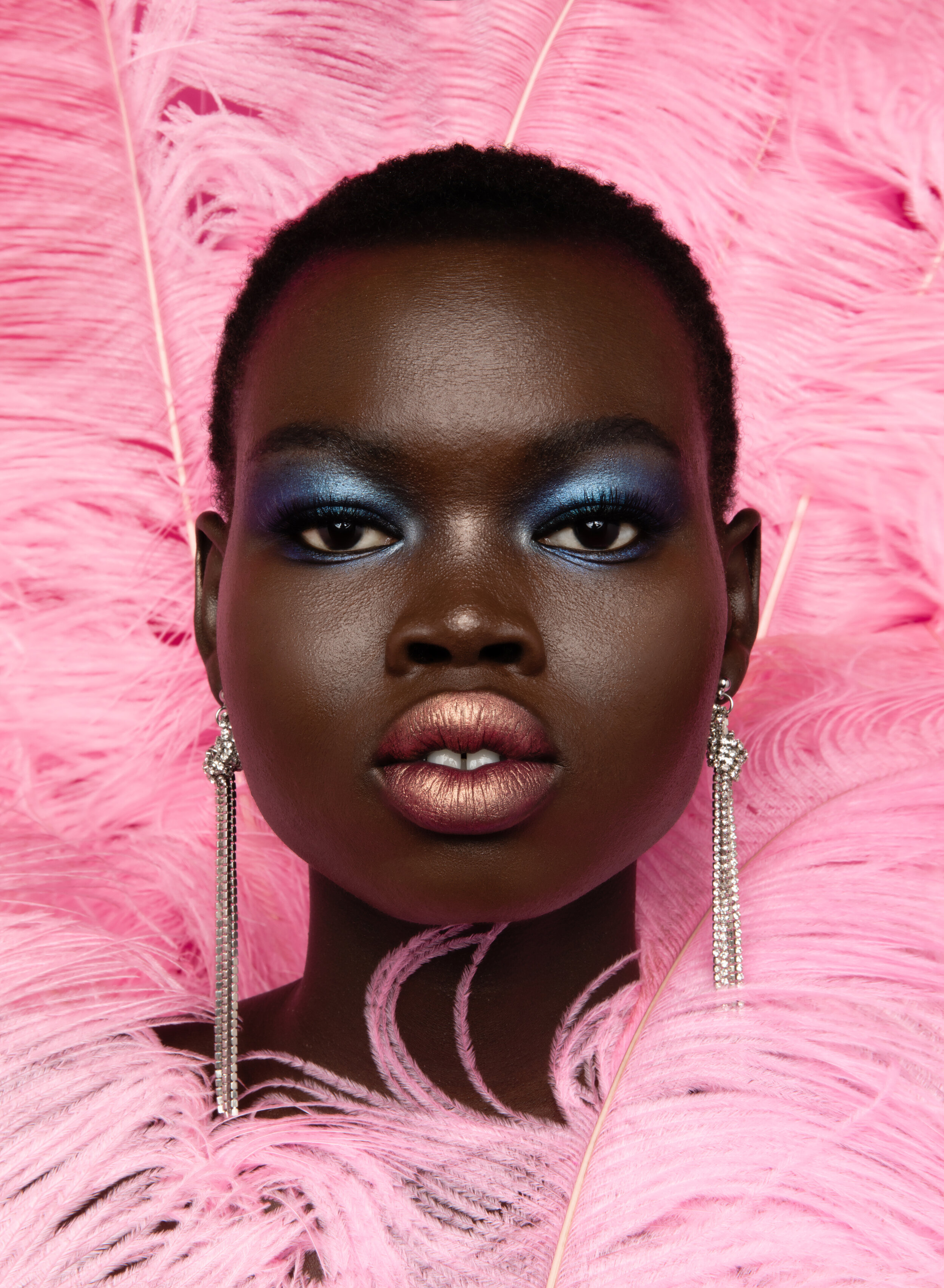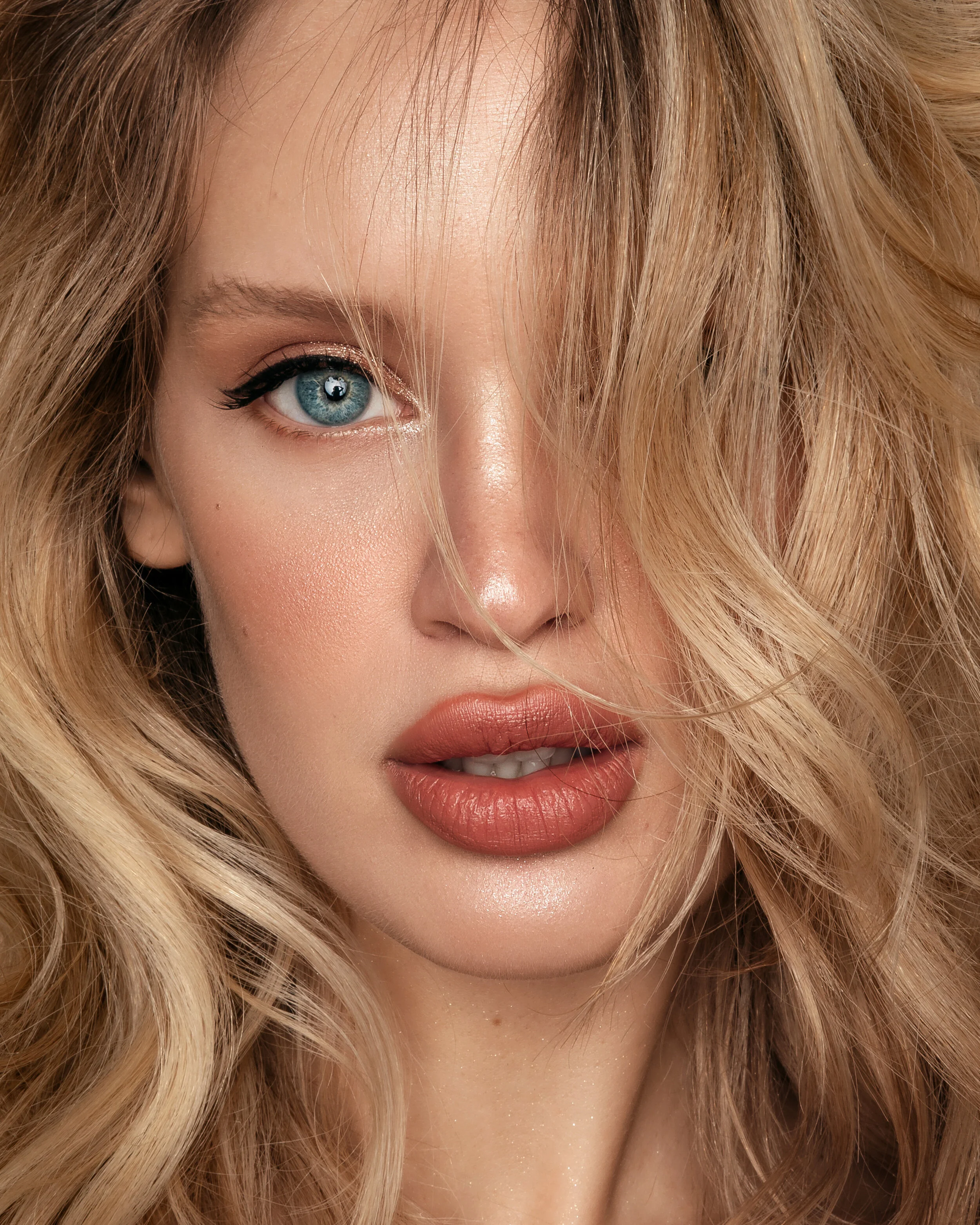Beauty Photograph of Brianna Anderson @brriannaanderson Hair and makeup by Rio Translado @riotranslado
Make up for beauty photography is a lot different than special occasion make up where the focus is usually airbrushed flawlessness, sculpted brows, contouring and lashes for days. I’m lucky to get approached by talented MUAs regularly but there are a few things that I look for that influence my decision to work with someone.
Skin
I want to be able to see it. Often, make up artists I work with don’t even use foundation for beauty. They might colour correct under the eyes and spot fix a few imperfections, but in general, they let the skin shine. When I’m retouching an image with heavy foundation, it’s very difficult - if not impossible - to maintain a natural skin texture. Skin has minuscule colour variations and foundation unifies it and fills in pores - this is great for a wedding or graduation but, in my opinion, doesn’t usually work for the style of photography I do. I also tend to avoid chunky, metallic highlighter in favour of a light gloss as I don’t love the way the pigment catches the light.
Strip lashes
BIG lashes are everywhere these days. From Sasha Velour to Kim Kardashian, it’s clear that we love them! And why wouldn’t we? They have the incredibly ability to transform a face and instantly up the glam factor on a night out. All that being said, my MUAs almost never use them. Lash bands have evolved to be thinner and more invisible than ever but the way I photograph picks up every detail and strip lashes always end up looking too artificial. Up close, they are too obvious, too uniform and they are almost never used in high end fashion photography. Pick up a Vogue and try to spot the strip lash. I bet you can’t. If it’s more of a lash focused look, I always prefer individuals.
Restraint
Being able to show restraint is a big one. Often when I’m looking at MUA portfolios, I see a lot of big, over-the-top looks. Lots of flowers glued on faces, teased hair, big lashes and bold lips. I totally get it, it’s so fun to experiment and play and when I look back at my work from years ago, it’s also really busy and shouty - like I was trying to cram as many elements as I could into one image. I think there is real magic in those quiet beauty moments. I’m not saying to avoid those fun experimentations entirely, just prove that you can do both. In my opinion, for beauty photography, a subtle gloss on a lid can have more impact than a five colour cut crease.
There are so many different styles of make up artistry and finding your voice can be such a journey. These are just a few preferences that I have as a photographer but by no means is it the only way or the right way and there are always exceptions to every rule.



